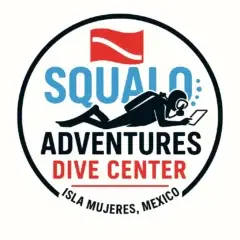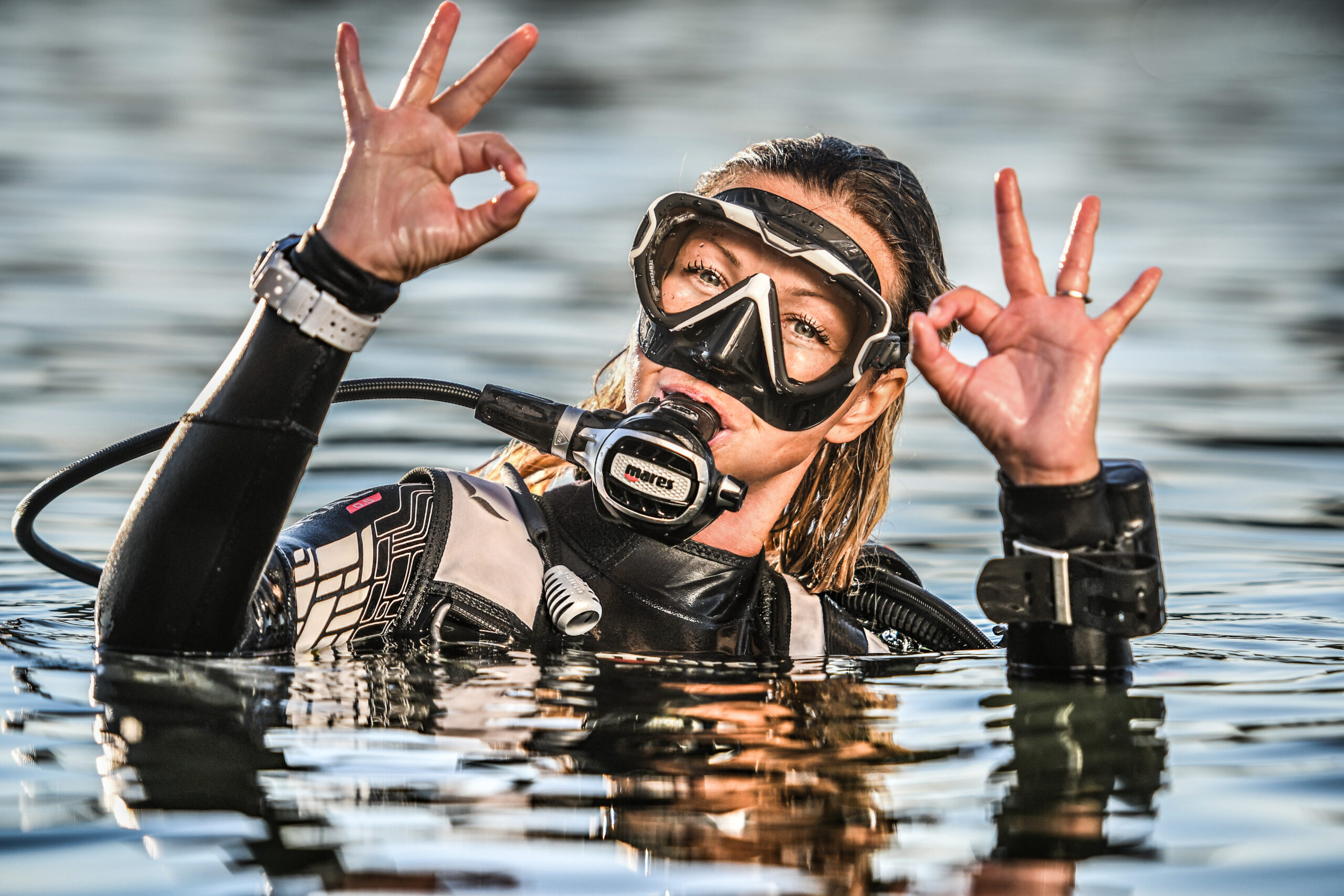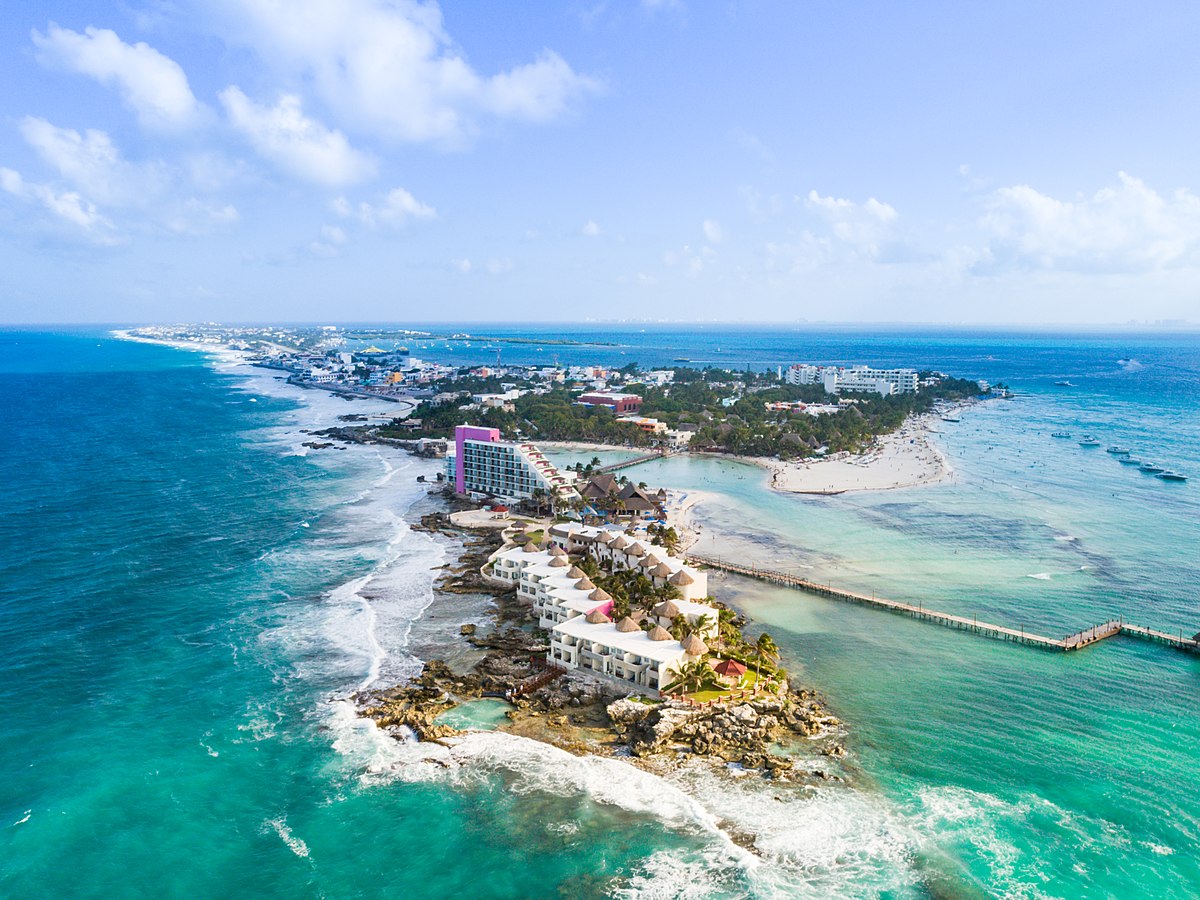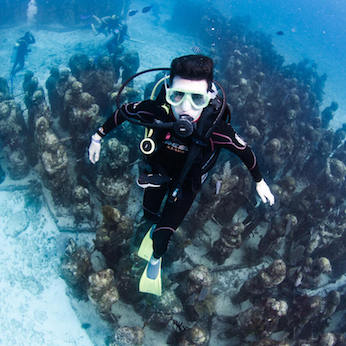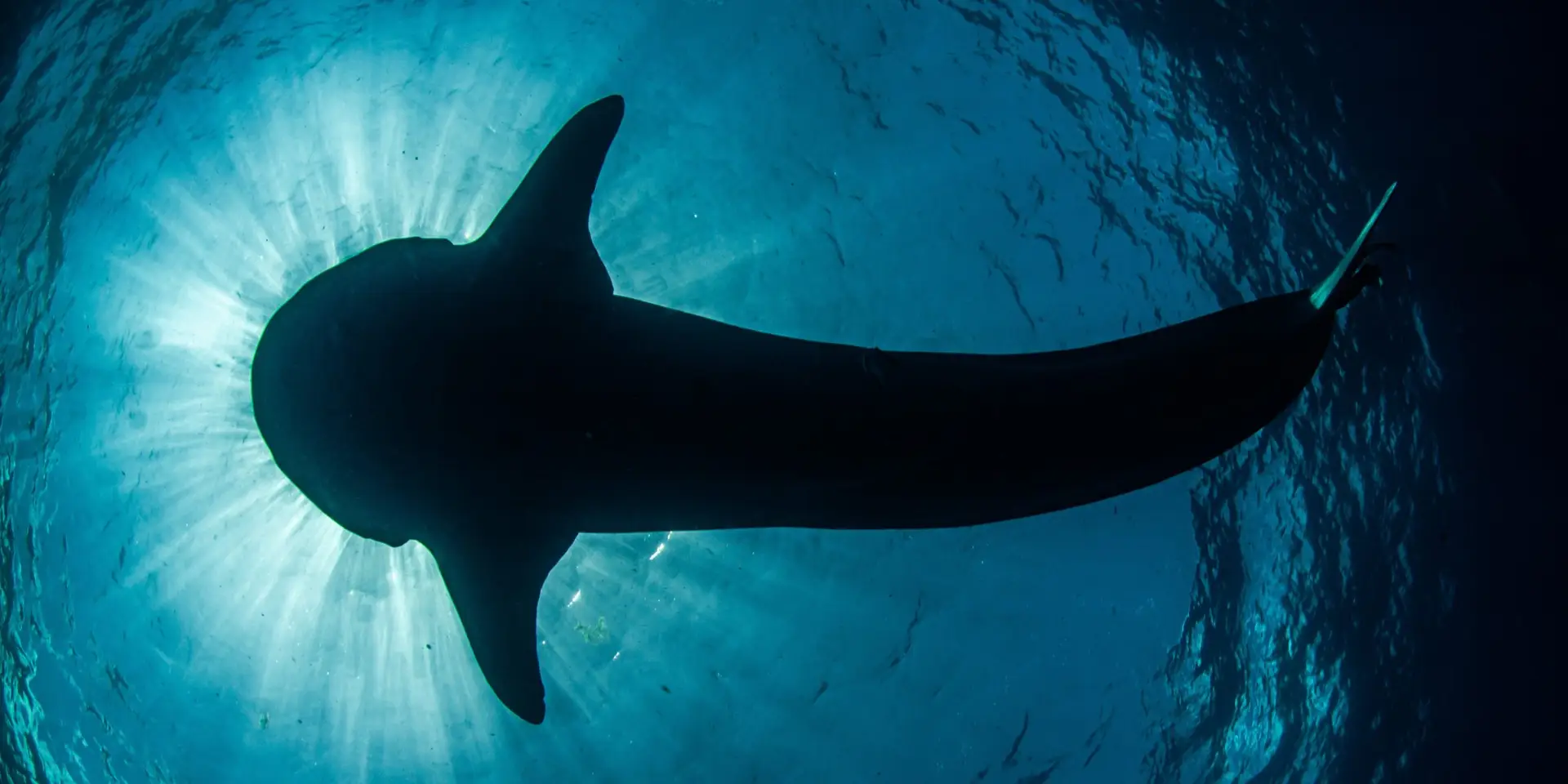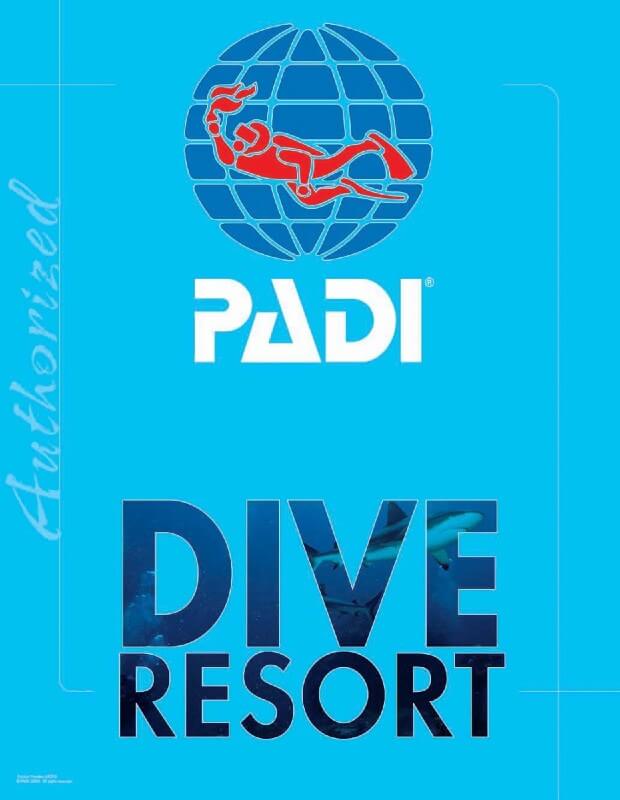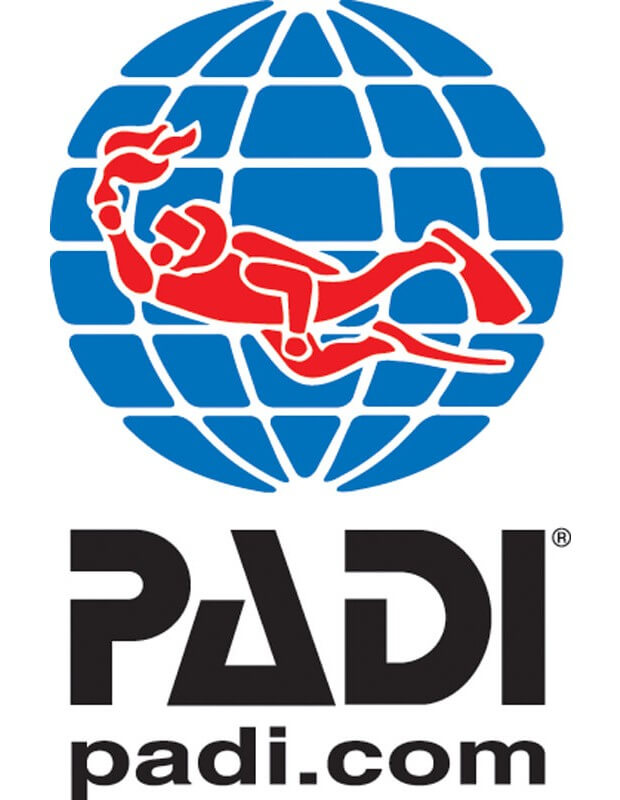13 Hand Signals You Need to Know as a Beginner Scuba Diver
Sorry to state the obvious here, but we are unable to talk to each other underwater. So how do scuba divers communicate with each other? …By using their hands! It is important to be able to tell your dive buddy certain things while diving as you cannot just pop up to the surface for a quick chat. From checking each other’s air consumption, to making sure that everyone is okay, we are going to look at the 13 most important hand signals you need to know as a beginner scuba diver.
1.”OK” (question and answer)
How to do it: With one hand, your index finger creates an “O” by touching tips with your thumb. The other three fingers point upwards.
When to use it: This hand signal is used to ask the question “Are you okay?” to make sure that your buddy or other divers in your group are feeling comfortable and happy. It can be used as an answer as well, by performing it back to the diver who asked. Aka “yes, I am okay” to reassure your dive buddies that you are fine and are not experiencing any problems.
Here are 6 Common Worries of First Time Scuba Divers that you might have before signing up for a scuba diving course.
2. “Problem”
How to do it: With all fingers spread out and your hand horizontal, you rock your hand in a seesaw motion. Then point to the problem you have.
When to use it: This hand signal can be used in any situation where you are experiencing a problem that you would like to communicate with your buddies. For example, your mask keeps coming loose; you would use the hand signal and point to your mask and your buddy can try to help you tighten it or support you while you figure it out. Another example would be if you cannot equalize your ears, you can let others know by performing the hand signal and pointing to your ear so they can wait at your level before descending deeper together when you have figured it out.
3. “How much air do you have?”
How to do it: Using your index finger and middle finger together, tap the palm of your other hand a couple of times.
When to use it: You will likely see your dive instructor or dive guide using this one a lot to keep track of everyone’s air consumption. This is to help them figure out when to shallow up or to turn the dive around. If you are diving with a buddy it is good to ask each other and not just focus on your own air consumption, so that you can shallow up or think about ending the dive when one of you starts getting low on air.
The answer will depend on whether your gauge shows your air in bar or in psi measurements. Different areas of the world use different measurements so it is important to check which you will be using and ask your instructor how to answer this question before going under water.
Did you know there are 4 Things You Should Avoid After Scuba Diving?
4. “Low on air”
How to do it: By creating a fist with one hand and bringing it towards your chest.
When to use it: If you are using bar measurements you would do this when your tank gets to 50bar remaining, if using psi you would do it when your tank shows 500psi. This is the latest point that you should be starting to end the dive, as we never come out of the water with a completely empty tank. If you get low on air, always let your buddy or dive guide know.
5. “Out of air”
How to do it: With your fingers facing yourself, you take your hand and move it side to side across your neck.
When to use it: hopefully you will never have to use this hand signal, but of course it is important to know just in case. If you ever do find yourself at depth with a completely empty tank, use this hand signal to let your buddy know that you need to share their air, you would follow up by using their alternate regulator to breathe from and slowly surface together.
6. “Up”
How to do it: With your hand in a fist and your thumb pointing upwards.
When to use it: You would use this signal if you wanted to go to the surface. It is usually used at the end of the dive, after the safety stop has been completed so that the whole dive group knows to surface together.
Want to know How to be the best dive buddy you can be?
7. “Down”
How to do it: With your hand in a fist and your thumb pointing downwards.
When to use it: When everyone is ready to descend together you would use this to signal it is time to do so.
8. “Come up to my level”
How to do it: The same as the “up” signal but with your other hand horizontally facing palm down over the thumb.
When to use it: This is used to signal to another diver that they should come up to the same level as you. It is important to stay at the same level when diving as a group to ensure similar no decompression times and that no one gets lost.
9. “Come down to my level”
How to do it: The same as the “down” signal but with your other hand horizontally facing palm upwards under the thumb.
When to use it: This is to signal to another diver that they should come down to the same level as you. It is important to stay at the same level when diving as a group to ensure similar no decompression times and that no one gets lost.
10. “Get closer to your buddy”
How to do it: By bringing the index fingers of both hands together to meet in the middle.
When to use it: It is important to stay close to your buddy to avoid getting lost and to ensure help is closeby if you have an emergency. You could use this to signal to your own buddy to get close to you, or the dive guide might use it to encourage buddies to stay a little closer together.
Do you know a kid that loves adventure? Here are 7 Reasons Why Your Child Should start Scuba Diving.
11″Turn around”
How to do it: With your hand in a fist but your index finger facing up, move the finger in a circle.
When to use it: This hand signal is used to let others in the group know it is time to turn the dive around and head back.
12. “Cold”
How to do it: Using your hands, touch the opposite upper arm and rub up and down.
When to use it: It is important to end a dive if you become too cold to avoid hypothermia. No dive is worth risking your health, always let your dive guide or buddy know if you need to get out of the water.
Want to take up scuba diving but unsure where to do your course? We are here to help: Start Diving – 5 Great Places to Learn to Scuba Dive.
13. “Look”
How to do it: With your index and middle finger, point to your eyes. Then point to what you would like them to look at.
When to use it: Your dive instructor might use this to get you to watch them perform a skill. It can also be used to point out exciting marine life to other divers.
Bonus hand signal: “Shark!”
How to do it: With your fingers together facing upwards bring your hand to the top of your head to mimic a fin.
When to use it: Sharks are generally harmless, but many divers have a fear of them thanks to the media portraying them as mindless eating machines. It can be good to point them out to other divers so they are aware there are sharks around.
There are so many hand signals you can learn for various marine animals, it is good to learn them so you can point out cool stuff to your buddies.
